Best Night Sky Events for Stargazers in February 2015 (Sky Maps)
Full Moon, February 2015
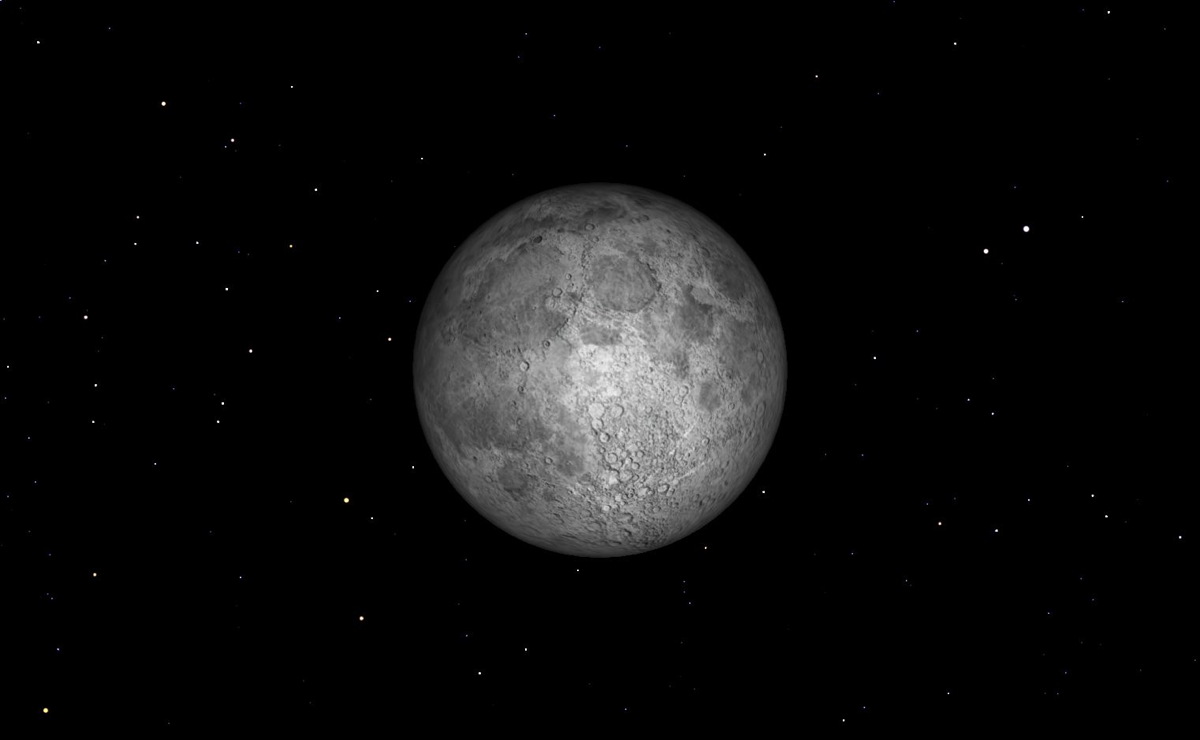
The night sky in February brings with it amazing views of the moon and planets across the solar system. Take a look at some of the most promising night sky sights for your (weather permitting) in this sky map gallery from Starry Night Software.
On Tuesday, Feb. 3, 6:09 p.m. EST. The Full Moon of February is known as the "Snow Moon" or "Hunger Moon." It rises around sunset and sets around sunrise; this is the only night in the month when the moon is in the sky all night long. The rest of the month, the moon spends at least some time in the daytime sky.
Last Quarter Moon, February 2015
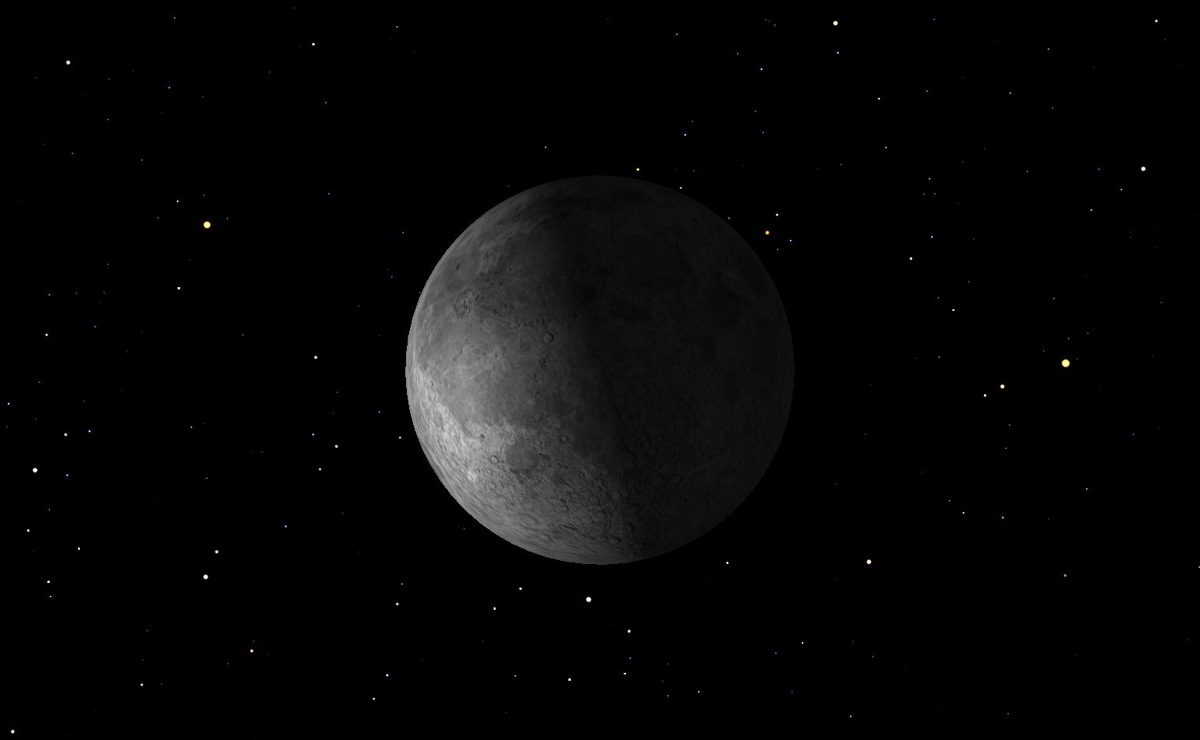
Wednesday, Feb. 11, 10:50 p.m. EST. The Last Quarter Moon rises around 1:15 a.m. and sets around 11:45 a.m. It is most easily seen just after sunrise in the southern sky.
New Moon, February 2015
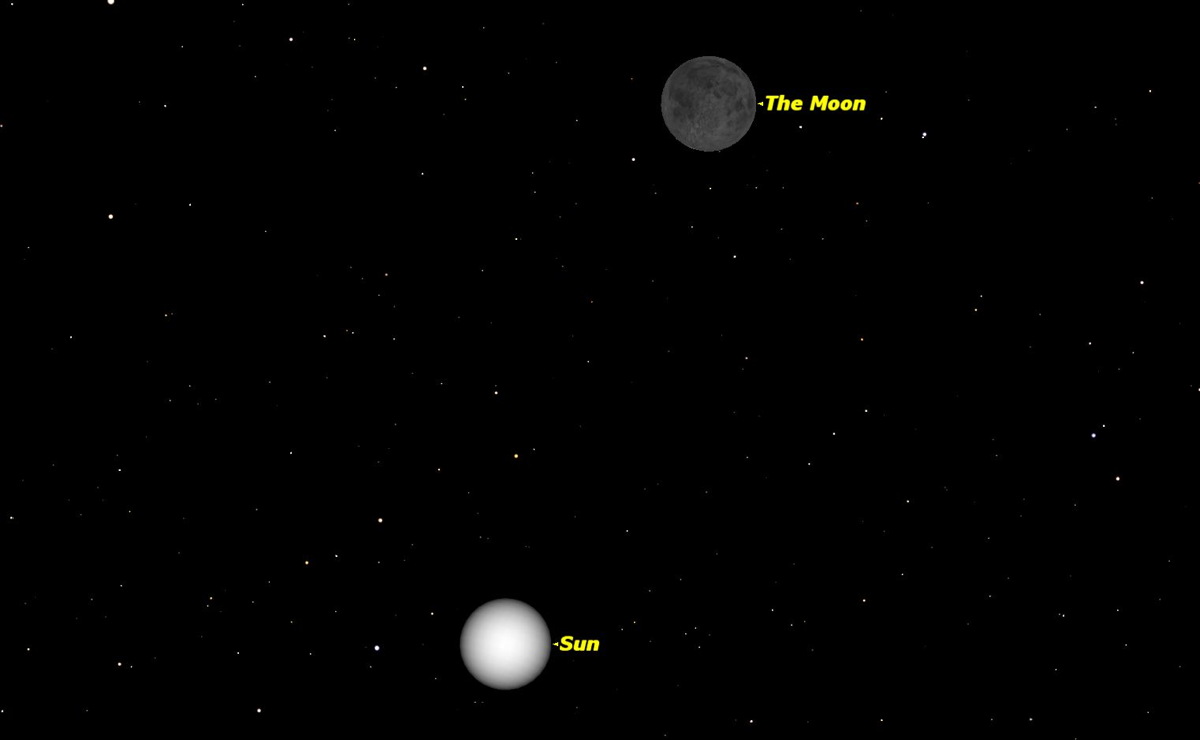
Wednesday, Feb. 18, 6:47 p.m. EST. The moon is not visible on the date of New Moon because it is too close to the sun, but can be seen low in the east as a narrow crescent a morning or two before, just before sunrise. It is visible low in the west an evening or two after New Moon.
First Quarter Moon, February 2015
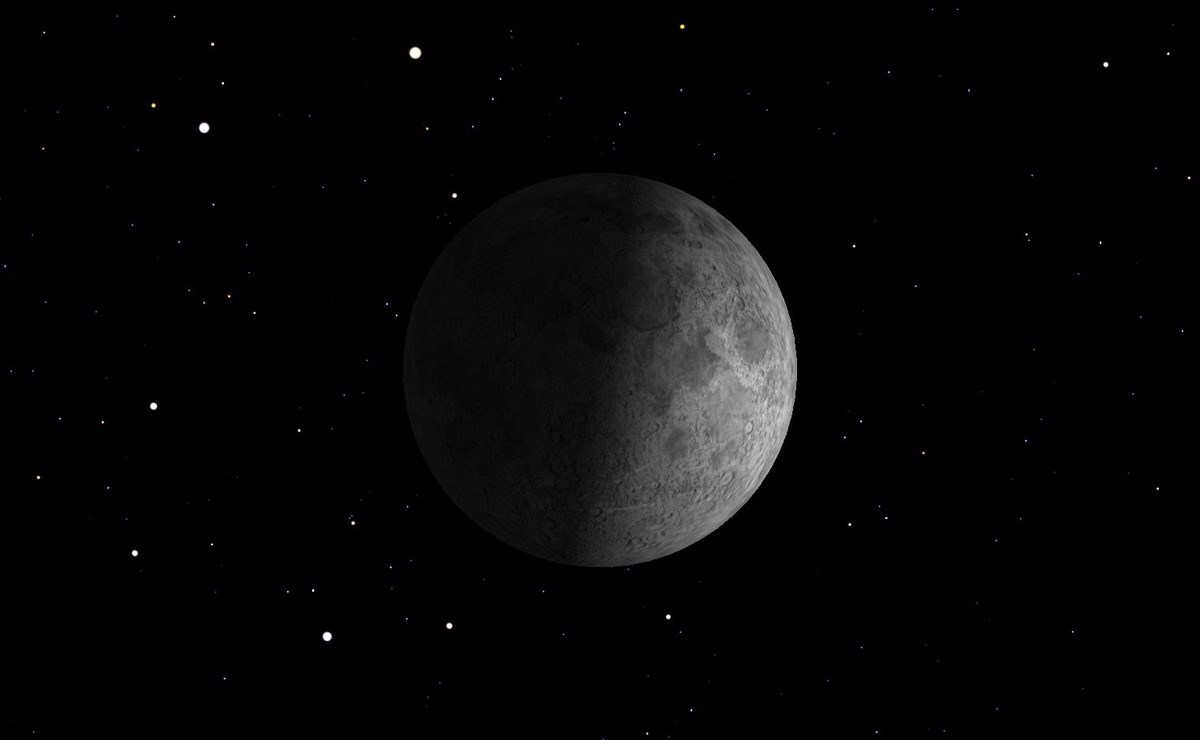
Wednesday, Feb. 25, 12:14 p.m. EST. The First Quarter Moon rises around 11 a.m. and sets around 2 a.m. It dominates the evening sky.
Venus and Neptune, February 2015
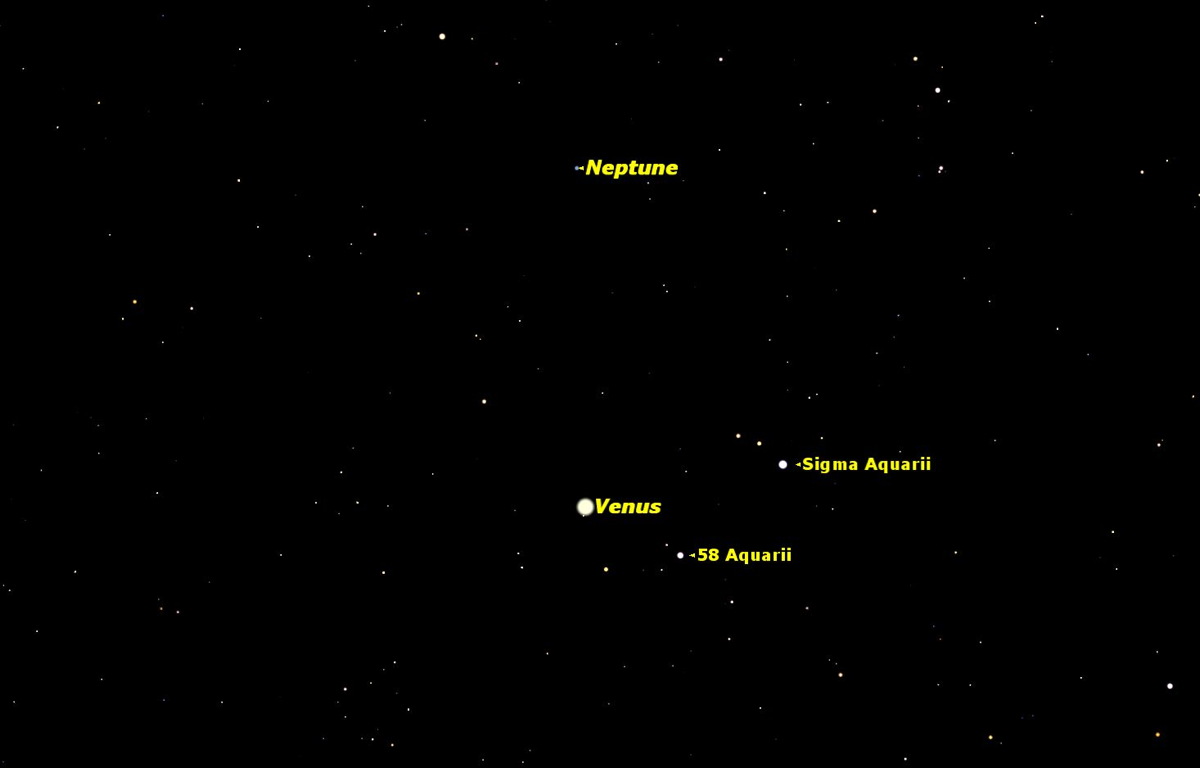
Sunday, Feb. 1, 6 a.m. EST. Venus passes within a degree of Neptune.
Zodiacal Light, February 2015

Friday, Feb. 6–Friday, Feb. 20, after evening twilight. Look to the south of west, just above Venus and Mars, for the faint zodiacal light, reflected from interplanetary matter along the ecliptic (marked by green line). Don't confuse it with the brighter Milky Way to the northwest.
Jupiter in Opposition, February 2015
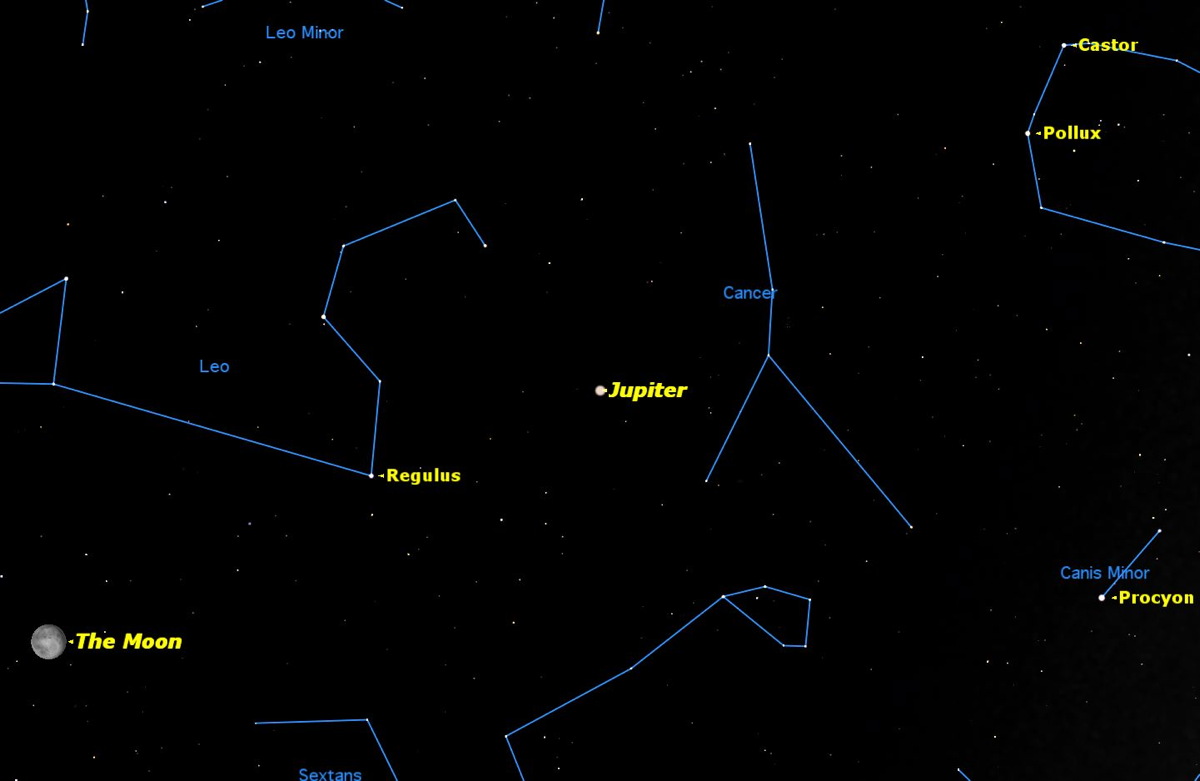
Friday, Feb. 6, 1 p.m. Jupiter will be directly opposite the sun in Earth's sky, rising at sunset and setting at sunrise.
Get the Space.com Newsletter
Breaking space news, the latest updates on rocket launches, skywatching events and more!
Mars, Venus, and the Moon, February 2015
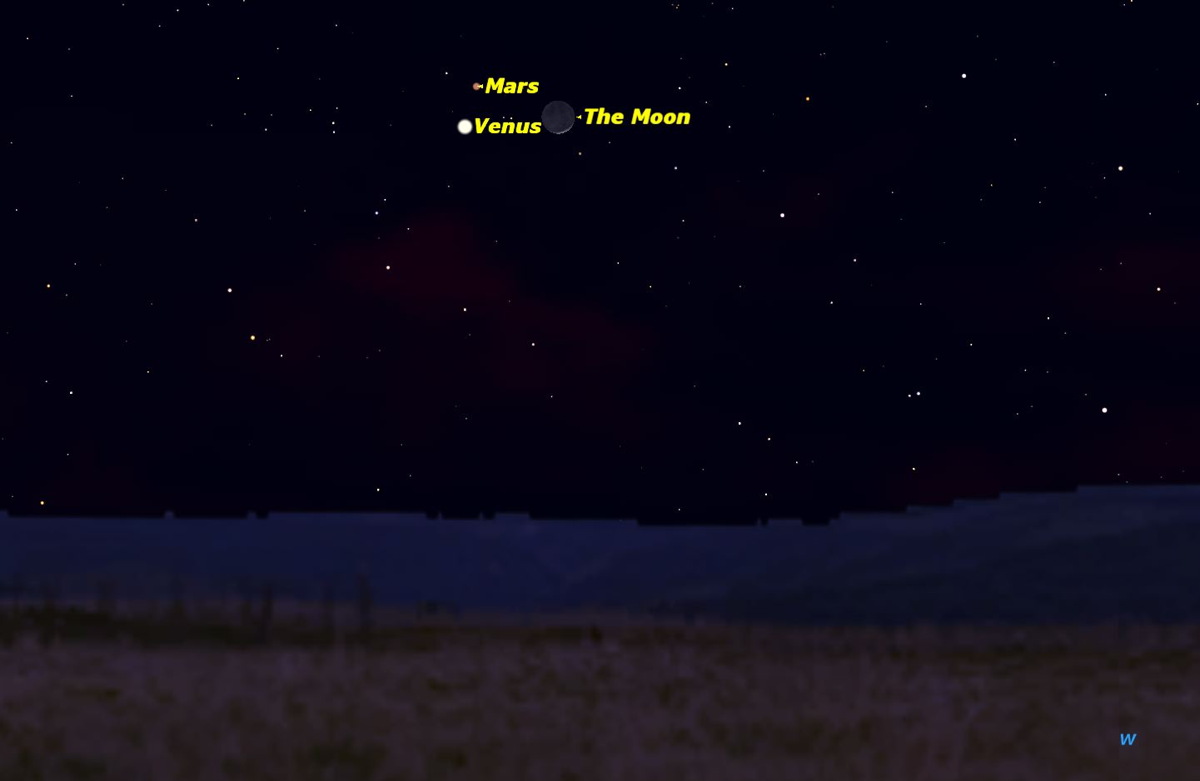
Friday, Feb. 20, evening twilight. A close grouping of two planets with contrasting colors, and a narrow crescent moon.
Uranus and the Moon, February 2015
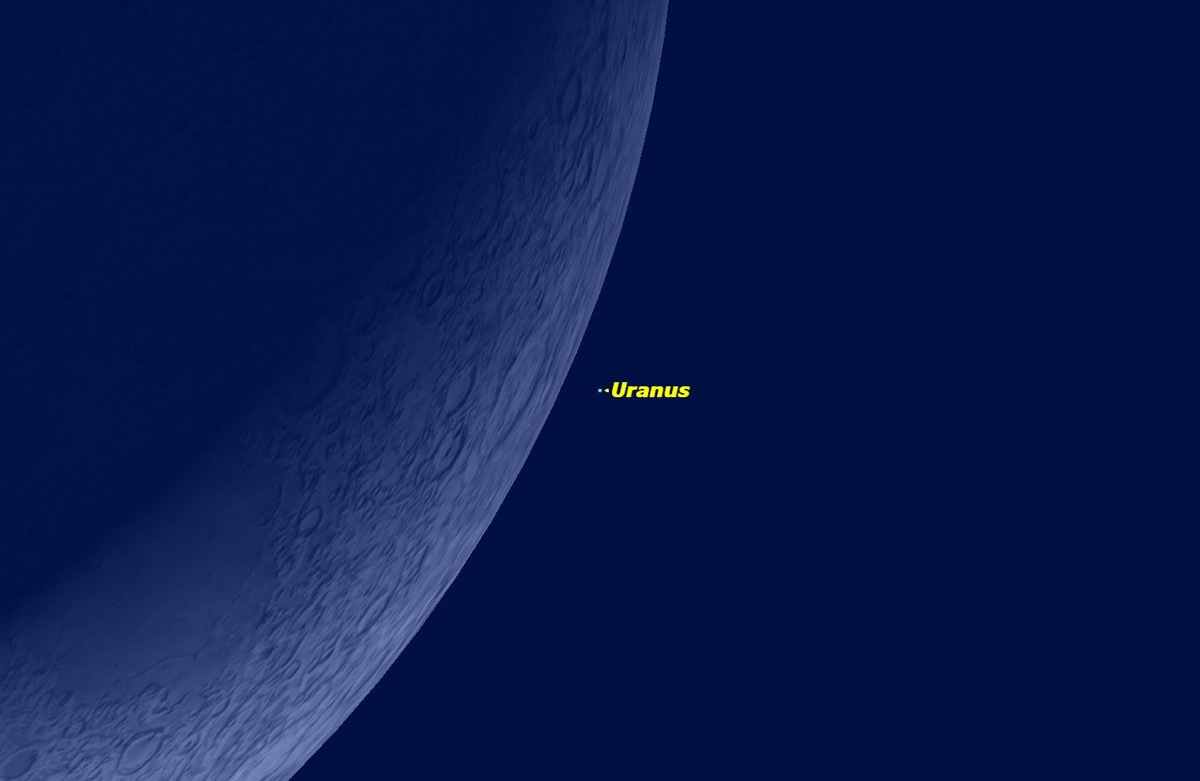
Saturday, Feb. 21, evening. The moon will occult the planet Uranus, visible across much of North America. Use planetarium software like Starry Night to find the exact times for your location.
Mercury at Dawn, February 2015
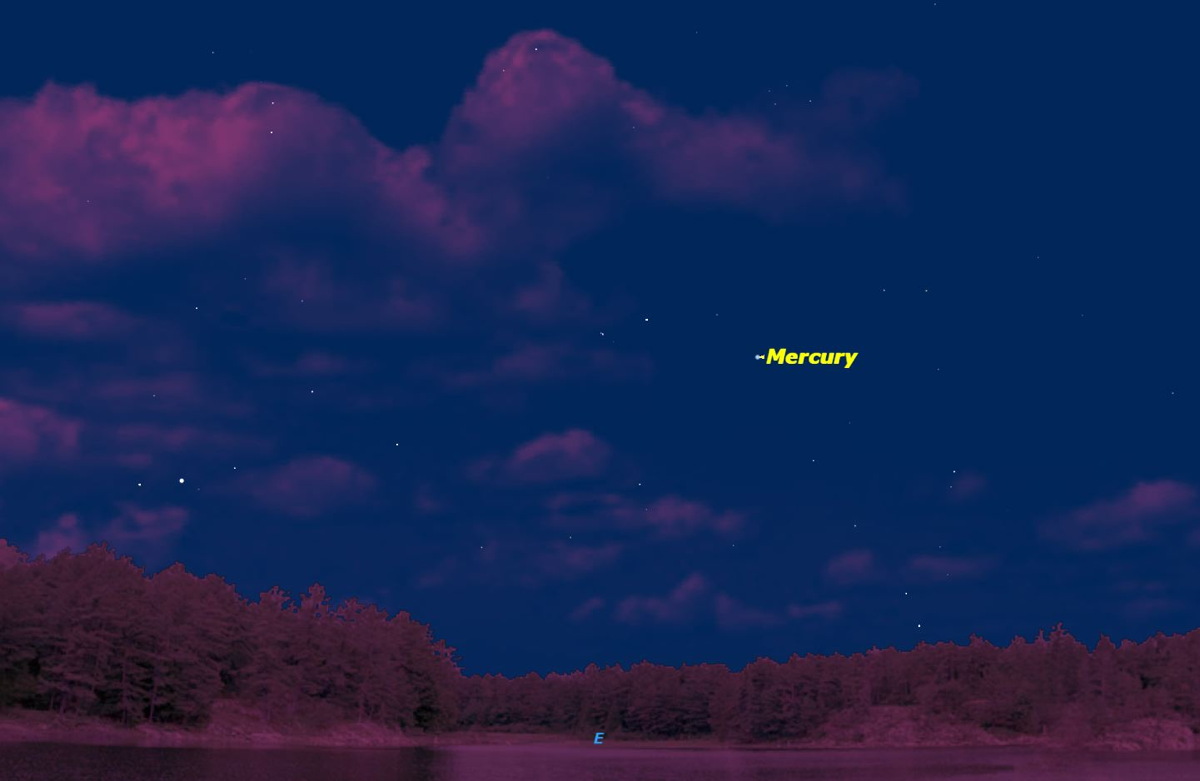
Tuesday, Feb. 24, dawn. Mercury will be at greatest elongation westward from the sun, especially favourable for observers in the Southern Hemisphere, seen here from Melbourne.
Aldebaran and the Moon, February 2015
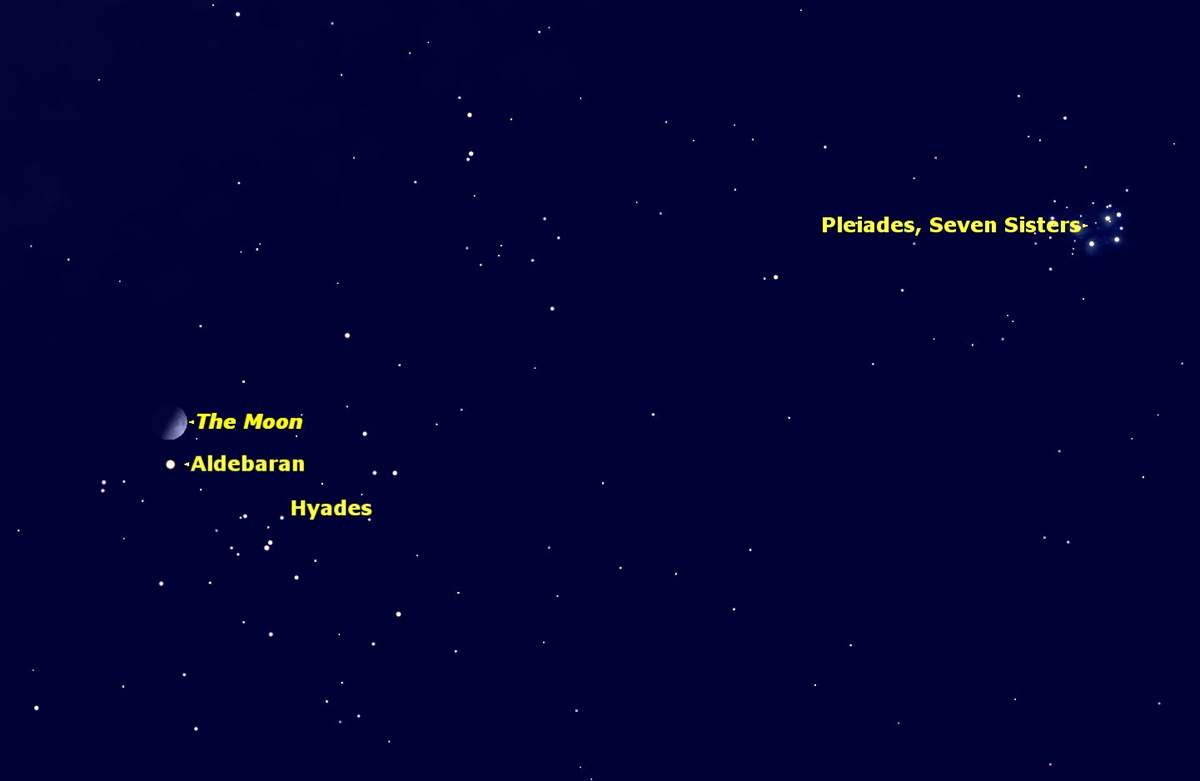
Wednesday, Feb. 25, 7 p.m. EST. The First Quarter Moon passes close to the red giant star Aldebaran and the Hyades star cluster. The bright Pleiades star cluster is off to the right. The moon will pass in front of Aldebaran for observers in northern latitudes: Alaska, NW Canada, N Russia, Greenland, Iceland, and Scandinavia.
Join our Space Forums to keep talking space on the latest missions, night sky and more! And if you have a news tip, correction or comment, let us know at: community@space.com.

Geoff Gaherty was Space.com's Night Sky columnist and in partnership with Starry Night software and a dedicated amateur astronomer who sought to share the wonders of the night sky with the world. Based in Canada, Geoff studied mathematics and physics at McGill University and earned a Ph.D. in anthropology from the University of Toronto, all while pursuing a passion for the night sky and serving as an astronomy communicator. He credited a partial solar eclipse observed in 1946 (at age 5) and his 1957 sighting of the Comet Arend-Roland as a teenager for sparking his interest in amateur astronomy. In 2008, Geoff won the Chant Medal from the Royal Astronomical Society of Canada, an award given to a Canadian amateur astronomer in recognition of their lifetime achievements. Sadly, Geoff passed away July 7, 2016 due to complications from a kidney transplant, but his legacy continues at Starry Night.










